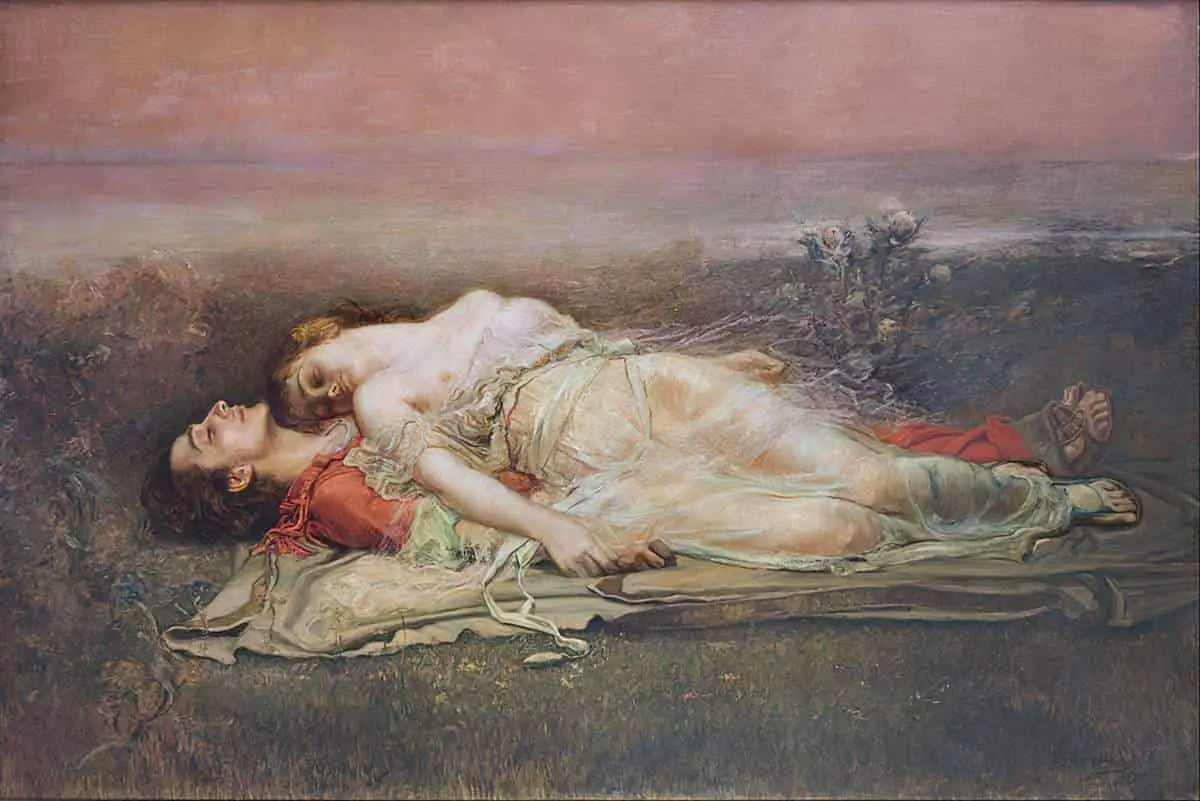Today we think of love in binaries such as love versus lust, but go back a few centuries and the binary was thought of a little differently: Passionate vs. Spiritual.
TRISTAN AND ISOLDE: CHIVALRIC ROMANCE
Tristan and Iseult, alternatively known as Tristan and Isolde, is a chivalric romance retold in numerous variations since the 12th century. The story is a tragedy about the adulterous love between the Cornish knight Tristan (Tristram, etc.) and the Irish princess Iseult (Isolde, Yseult, etc.)
Wikipedia
TRISTAN AND ISOLDE AS STAND-OUT EXAMPLE OF PASSIONATE LOVE
Carson McCullers wrote of two types of love: passionate and spiritual. Passionate lovers invent their own love, based on illusion. But spiritual love is the real kind. Spiritual love involves “a new inward world — a world intense, strange and complete in [themself]”. As an example of passionate love, McCullers offered the example of Tristan and Isolde:
The passionate, individual love — the old Tristan-Isolde love, the Eros love — is inferior to the love of God, to fellowship, to the love of Agape — the Greek god of the feast, the God of brotherly love — and of man. This is what I tried to show in The Ballad of the Sad Café in the strange love of Miss Amelia for the little hunchback, Cousin Lymon.
Carson McCullers
Next, an expert on the Middle Ages explains that a Middle Ages audience would have judged the lovers differently. As McCullers articulated, their love would not have been seen as the ‘real’ kind, worth pursuing:
The moral that we might take away from the Medieval story of Tristan and Isolde, who are star-crossed lovers*, would be quite different hearing it today versus how audiences heard it then.
In that story, Tristan falls in love with Isolde, the wife of King Marc. The lesson would have been about duty and fighting against their love without succumbing to temptation. Whereas today I think we have different conceptions of how relationships might change over time. The duty, the religious undertones… We operate with very different moral frameworks.
The Fantasy of the Middle Ages – Anne Wallentine, Radio New Zealand interview (10 September 2022)
*Star-crossed means ill-fated. Shakespeare’s Romeo and Juliet are also ‘star-crossed lovers’. Two people who care deeply for each other. But for reasons outside themselves, their love is doomed by the stars and they cannot be together.
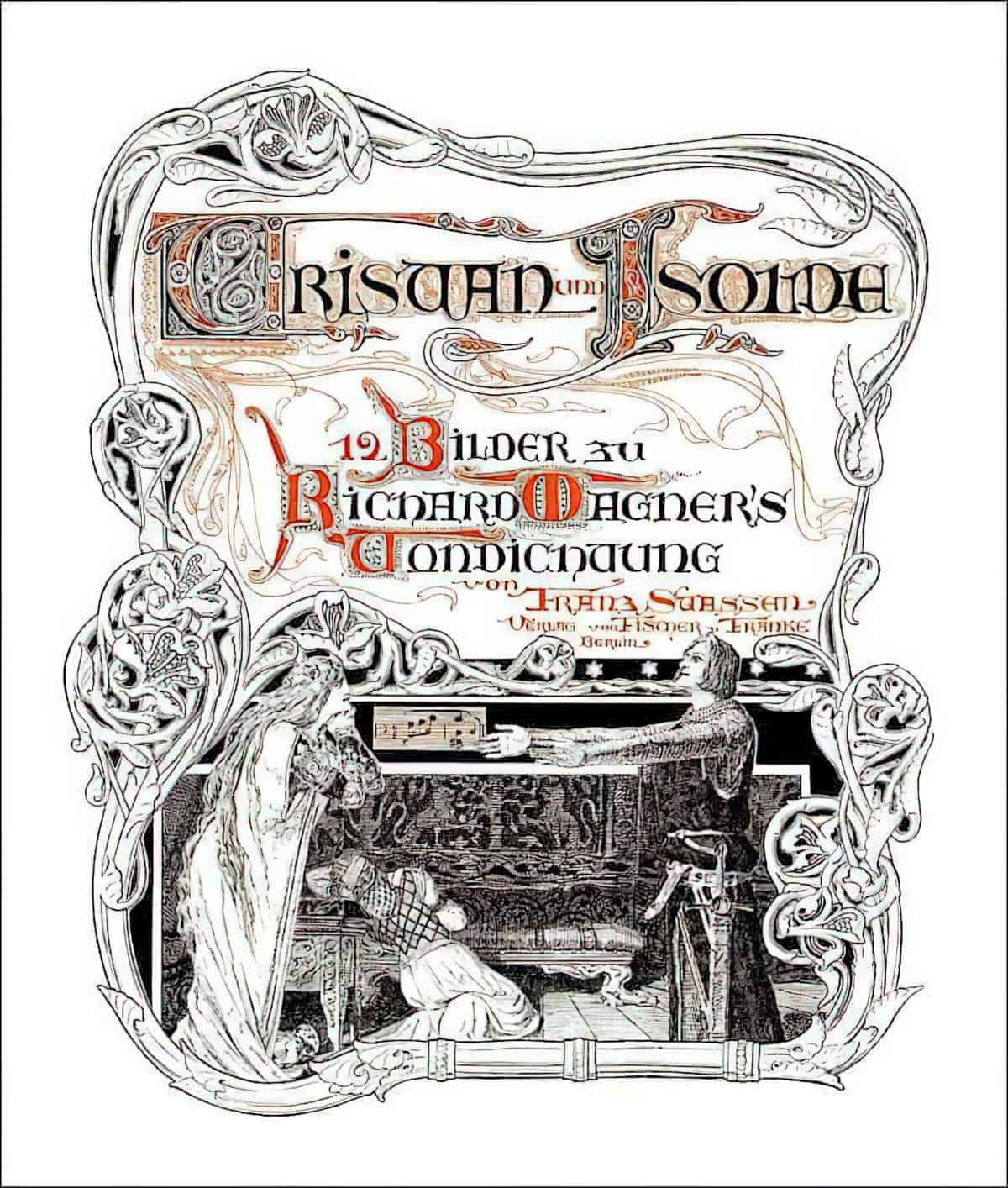
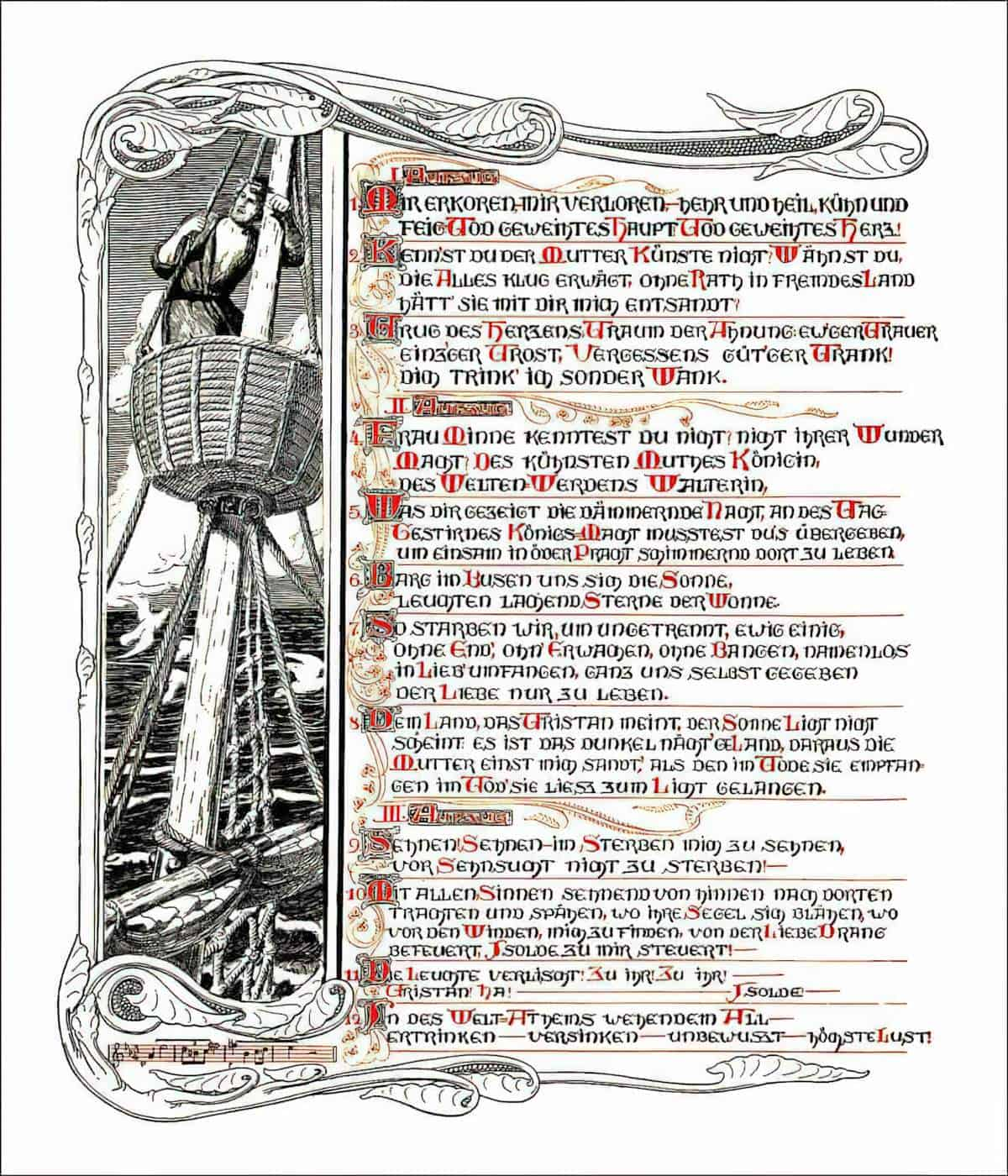
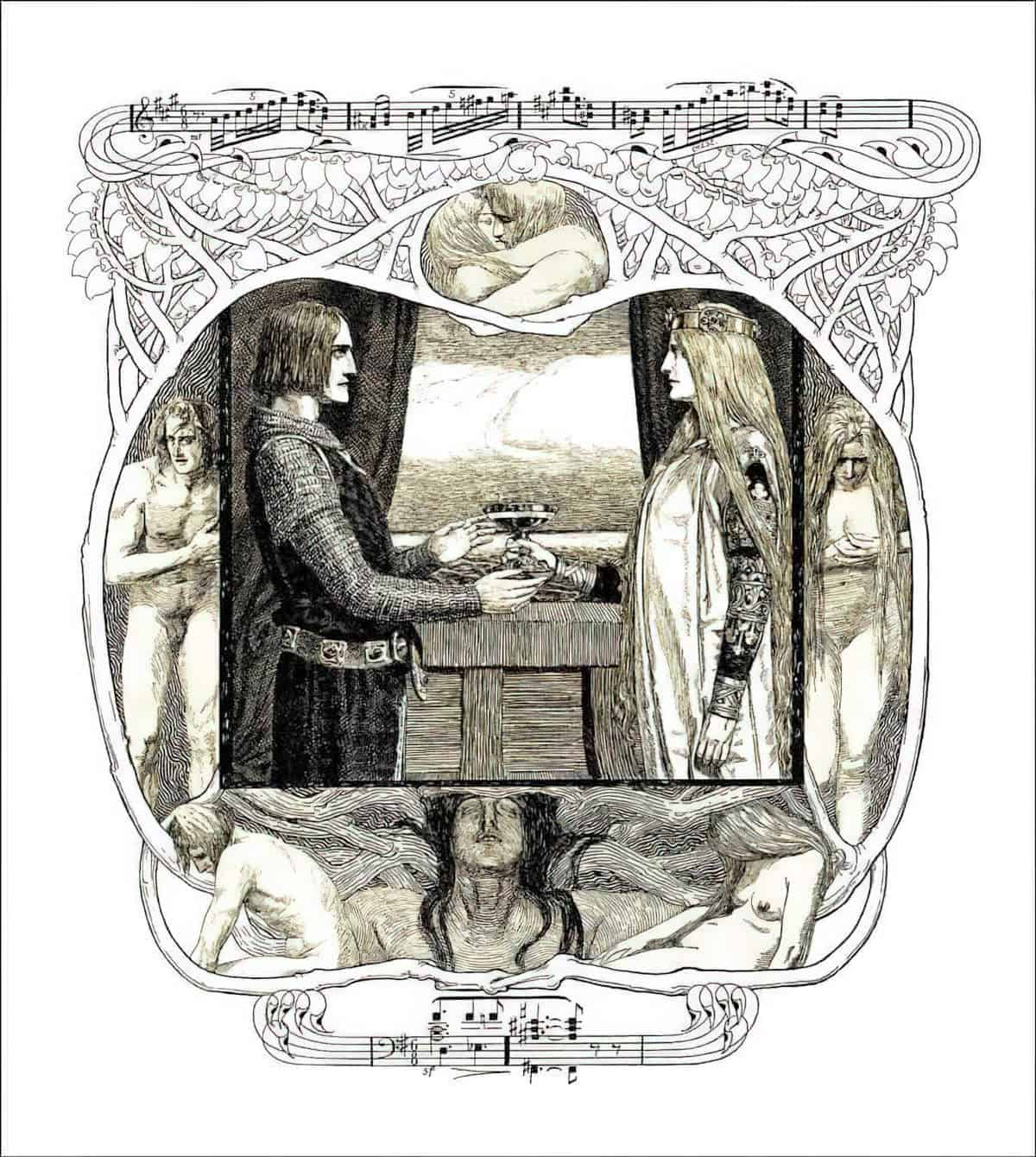
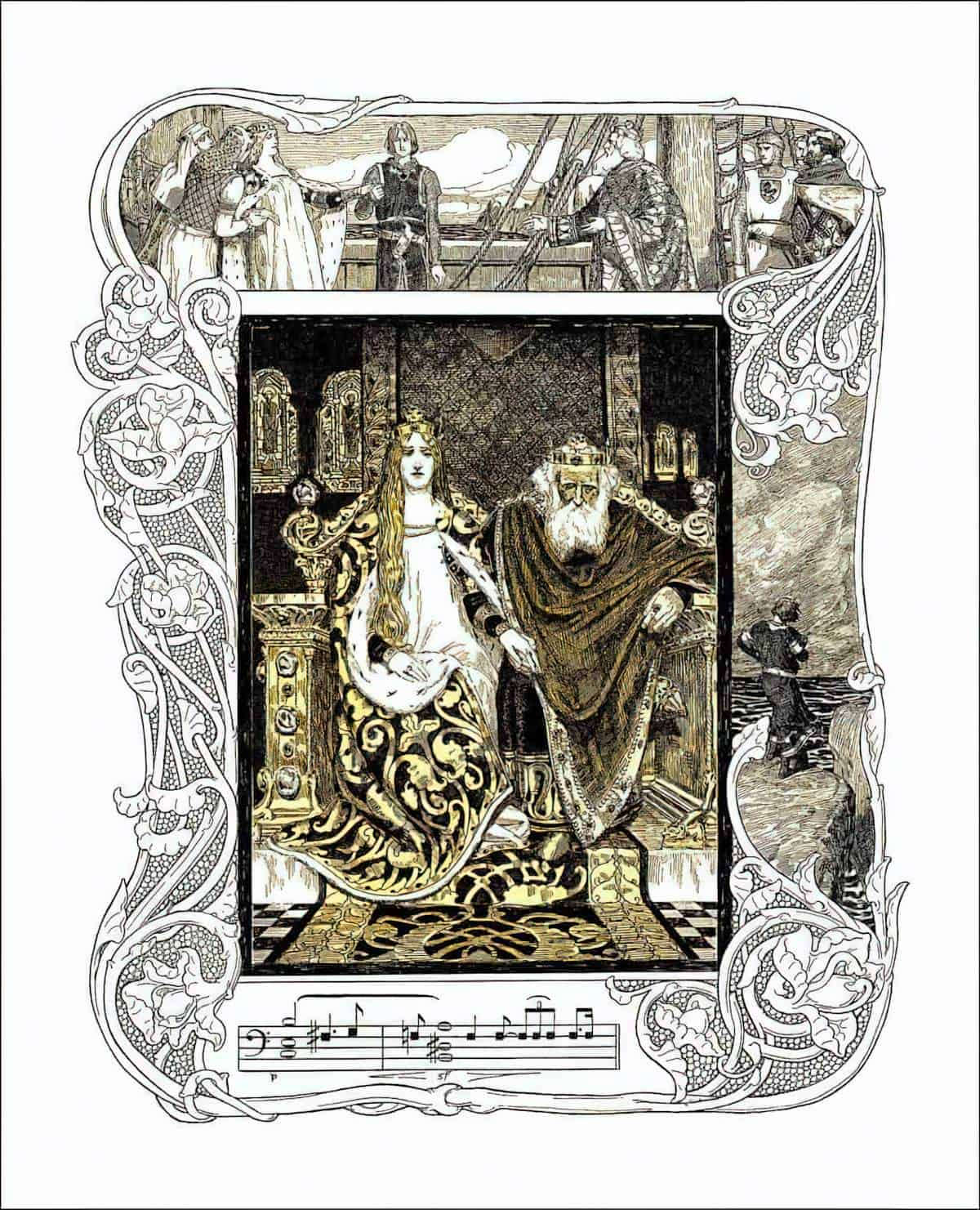
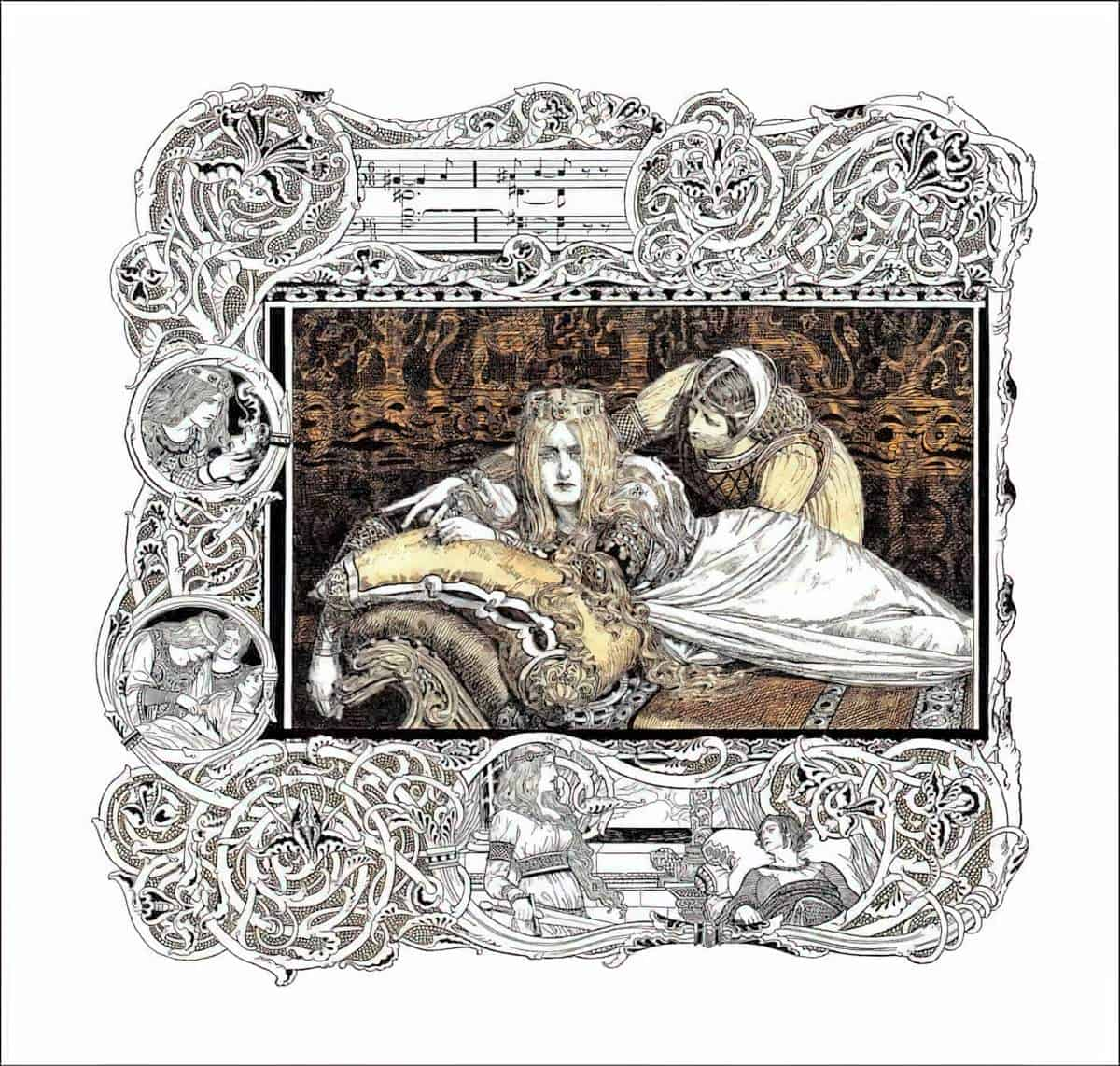
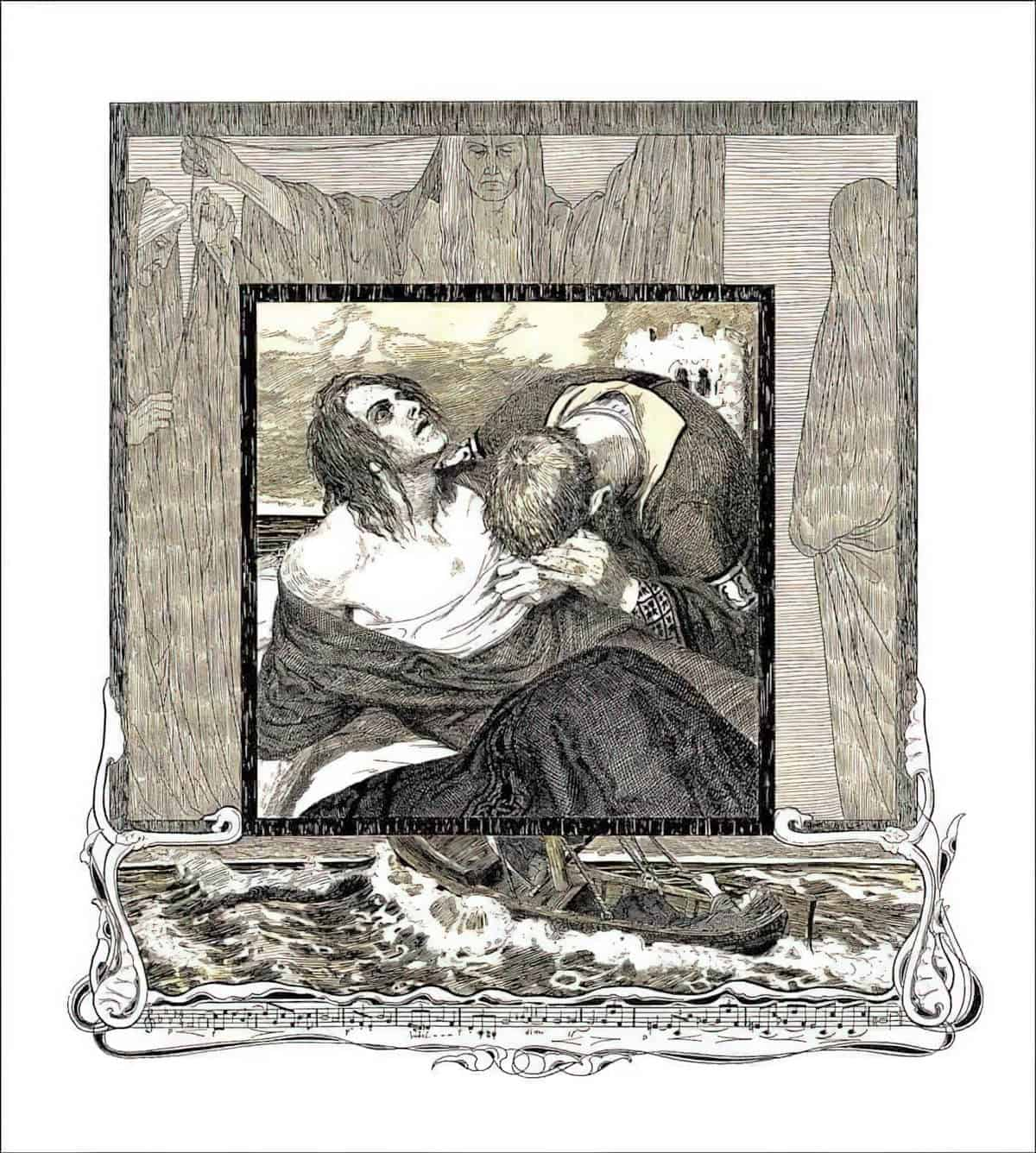
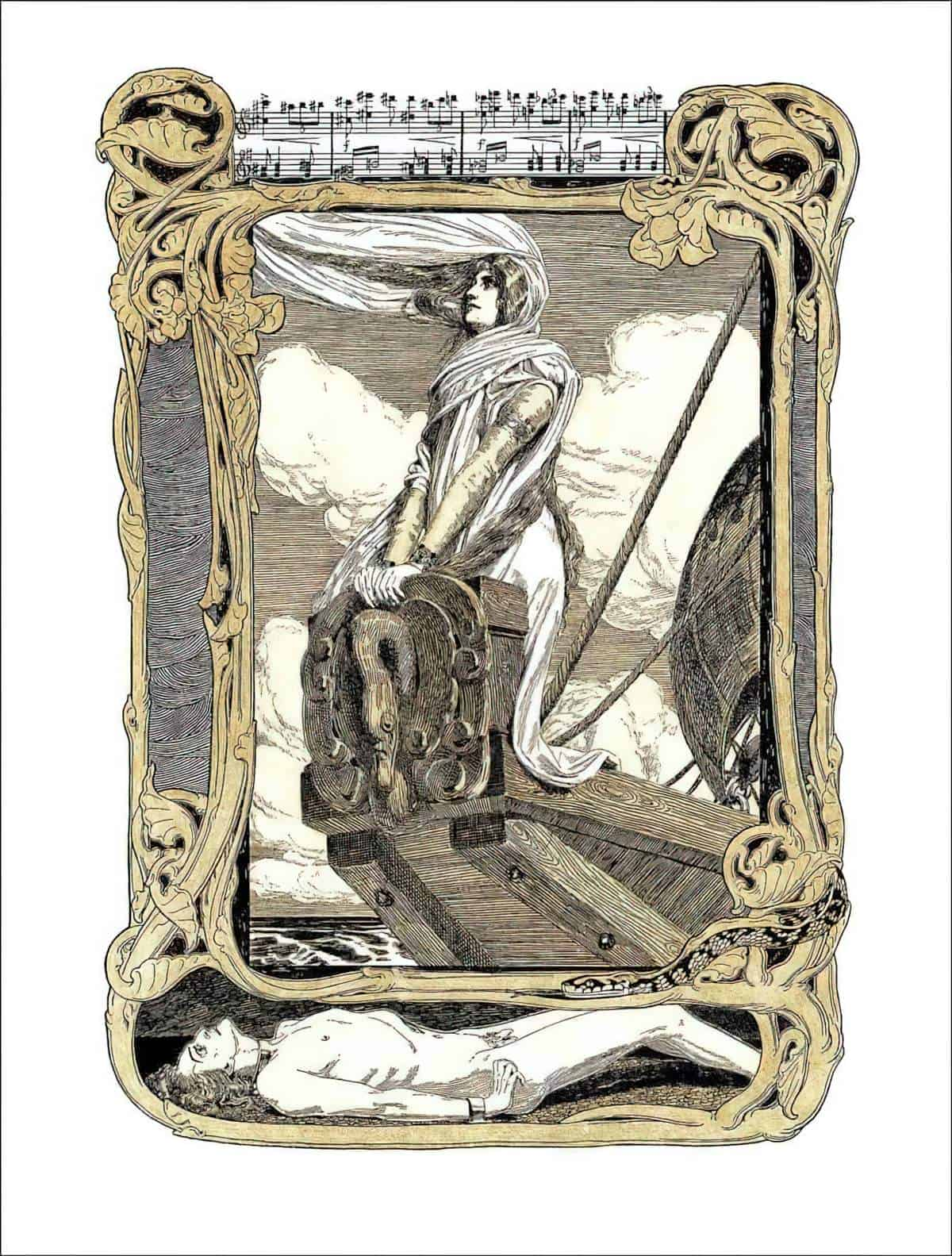
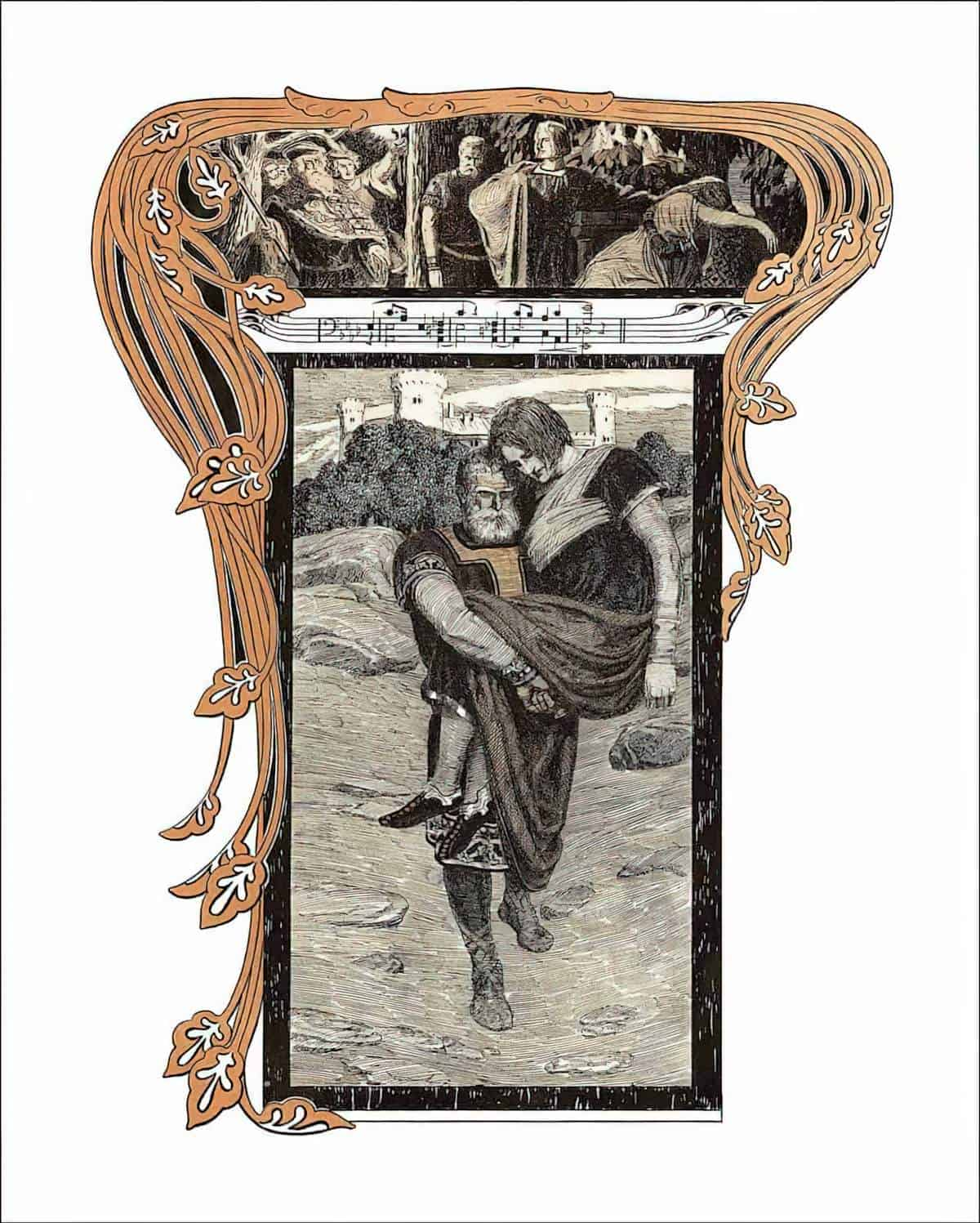
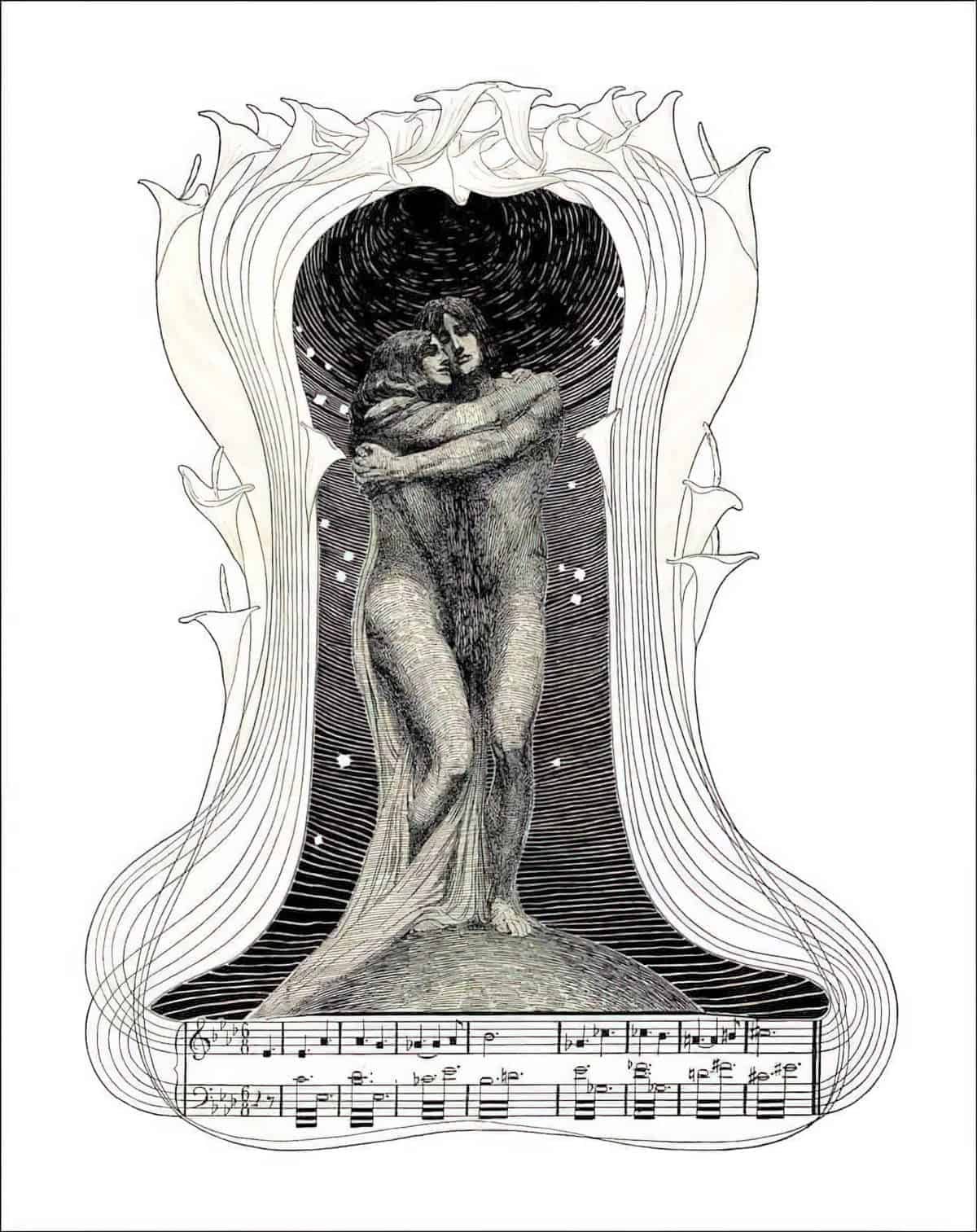
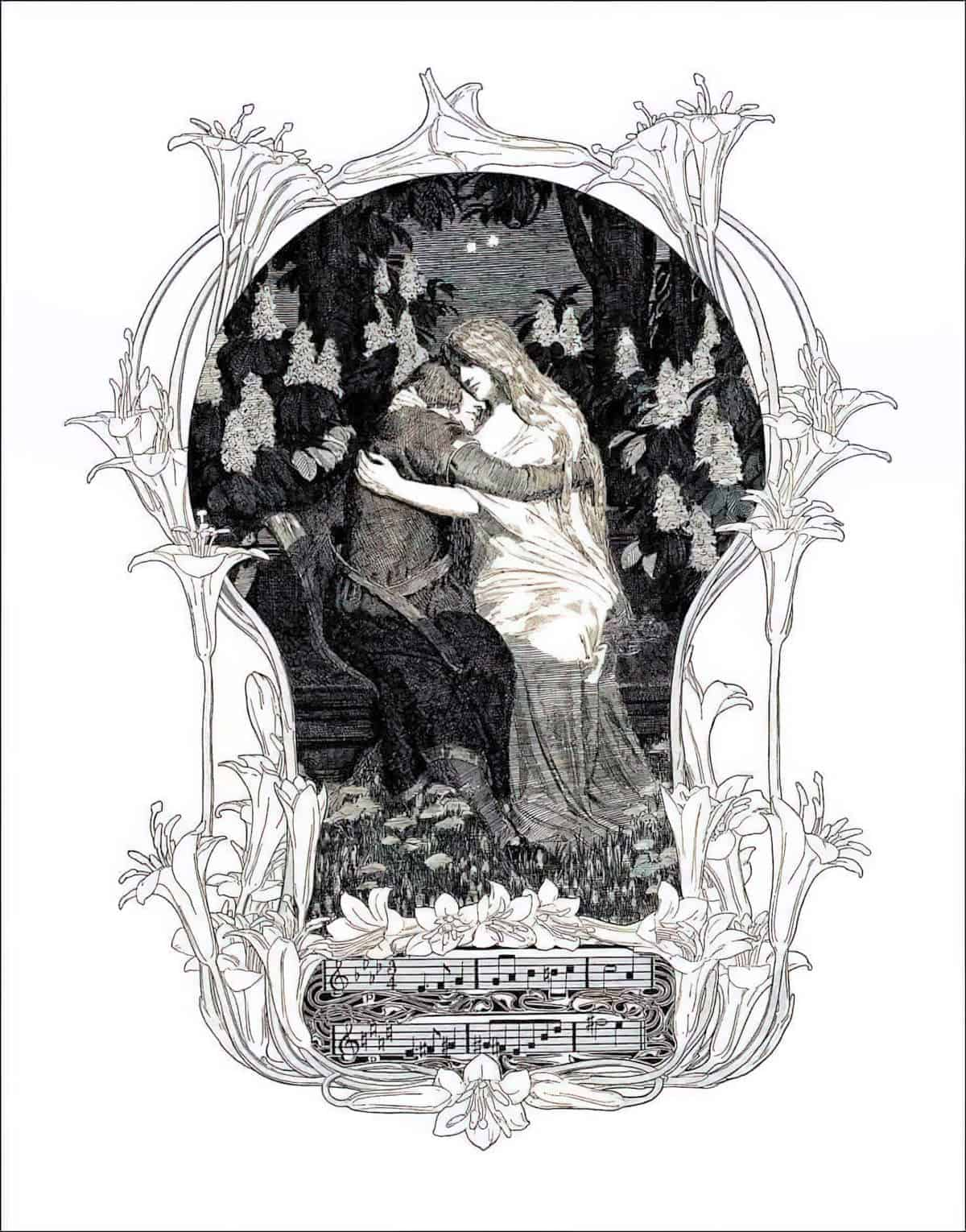
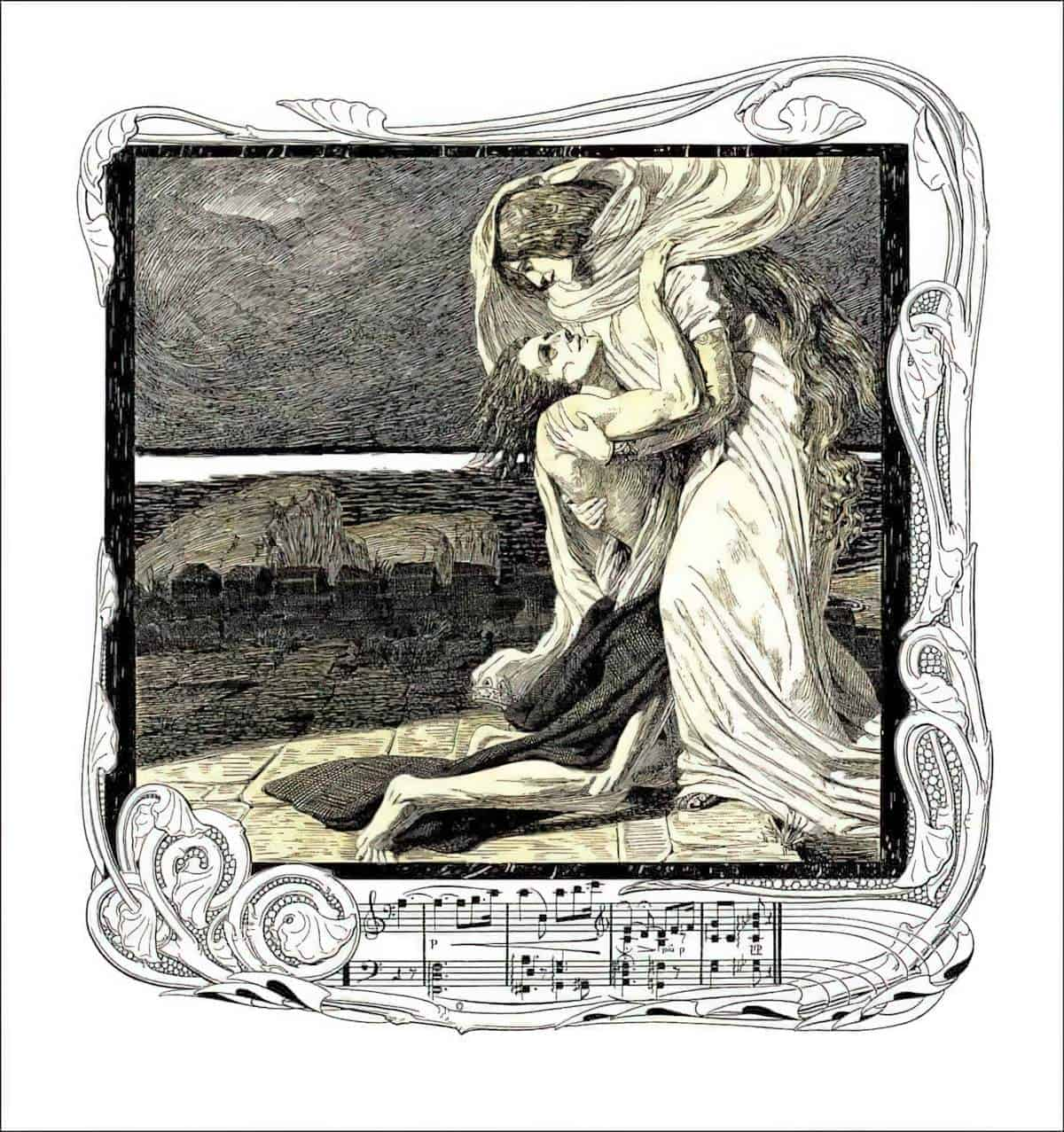
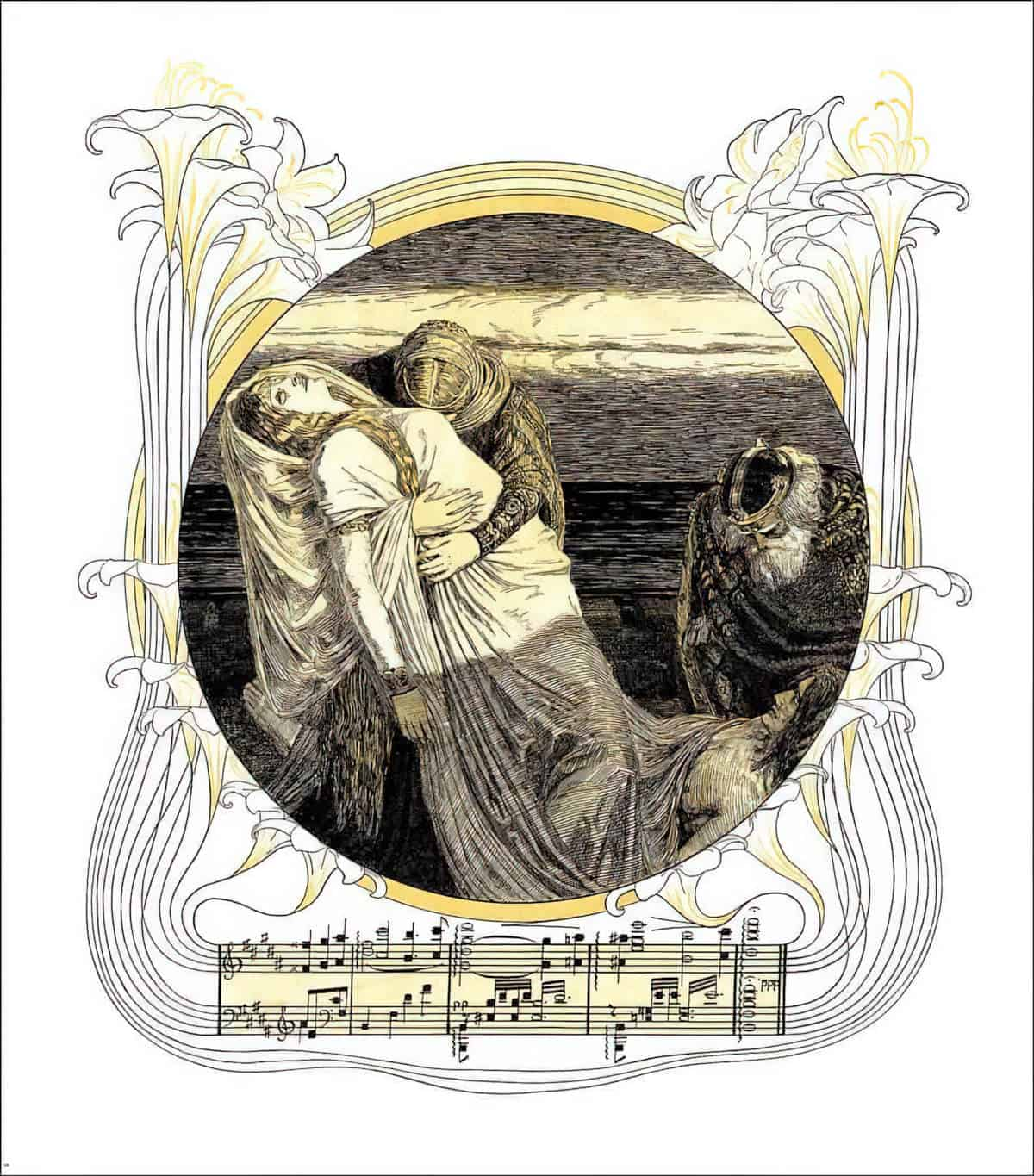
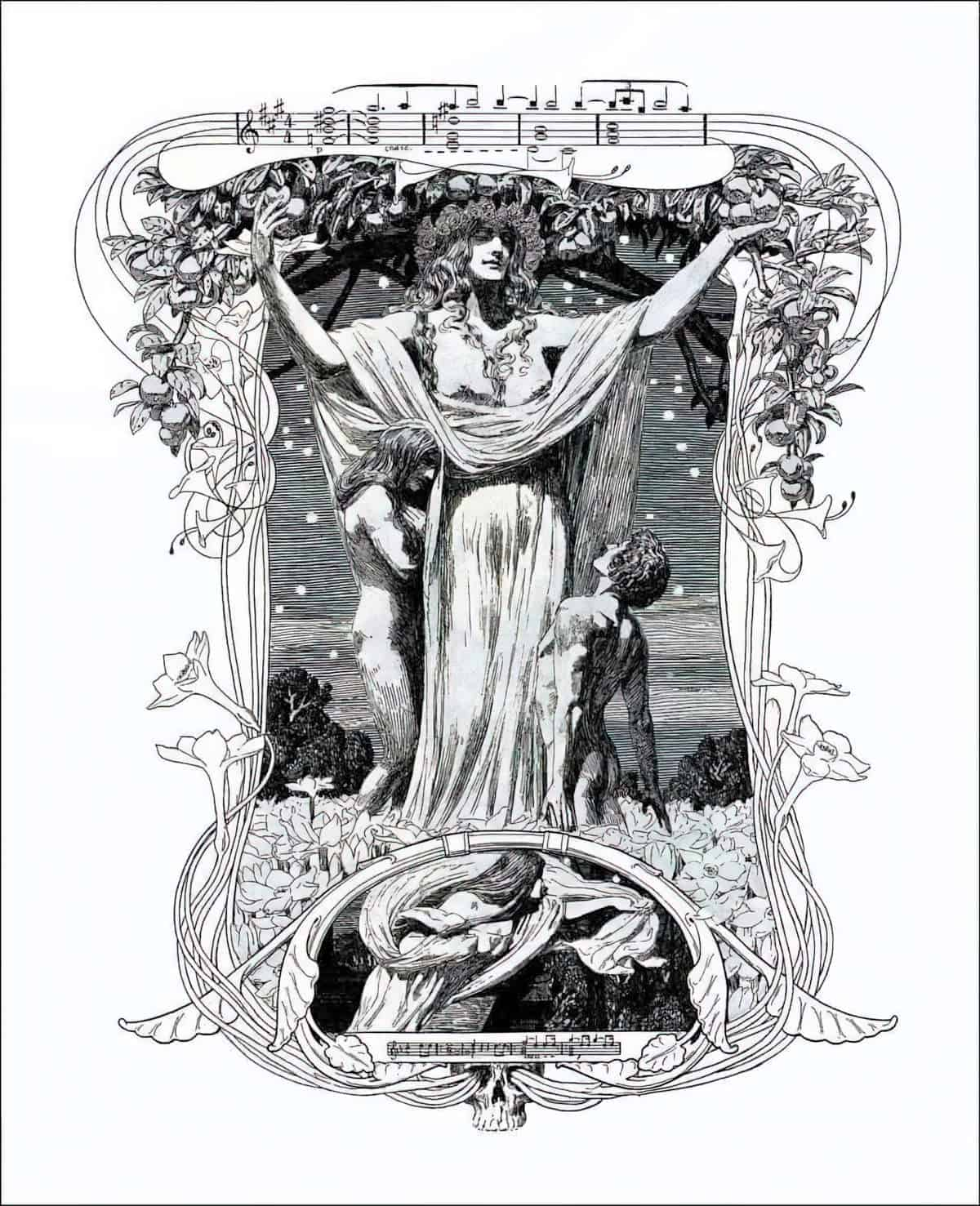
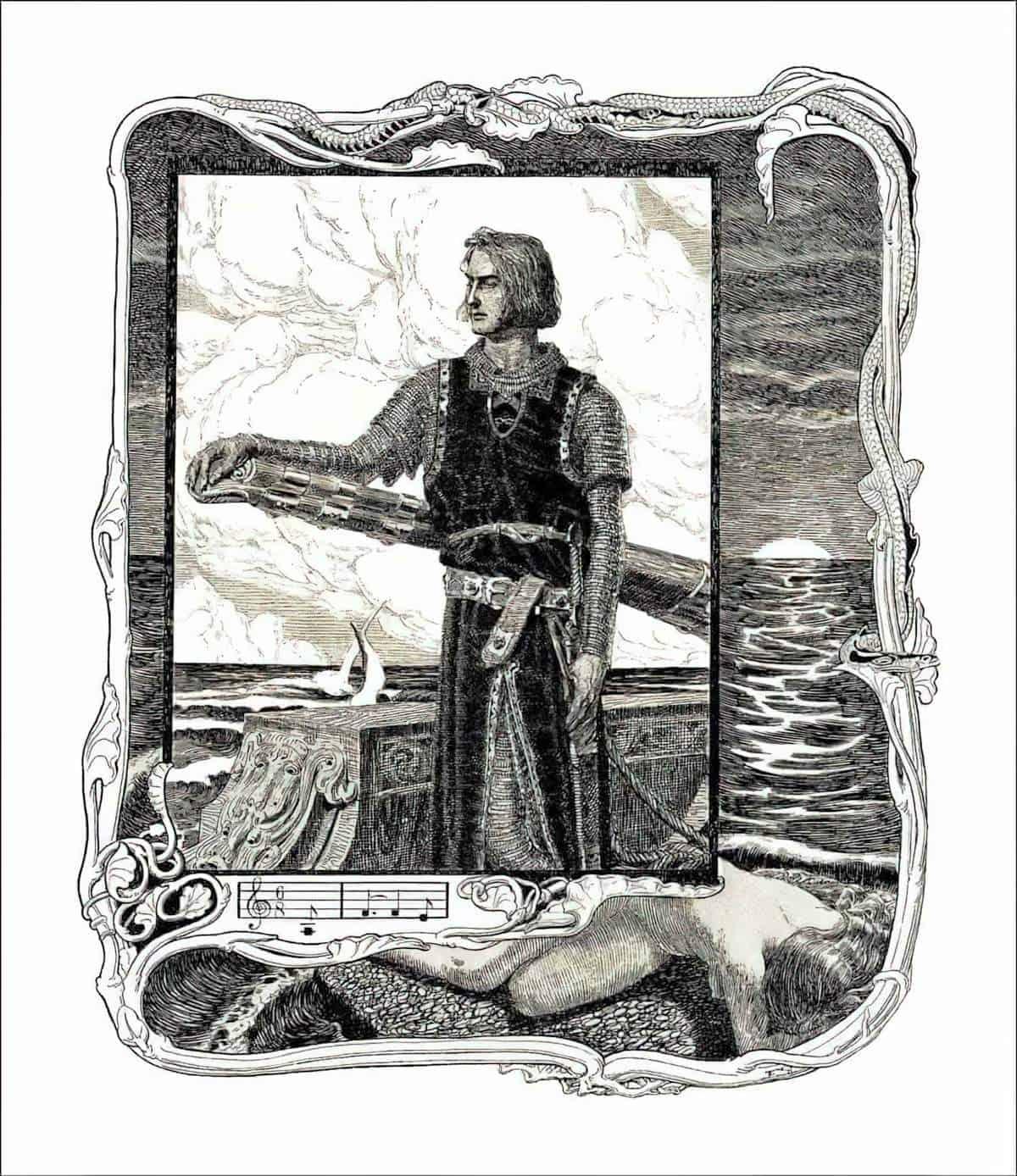
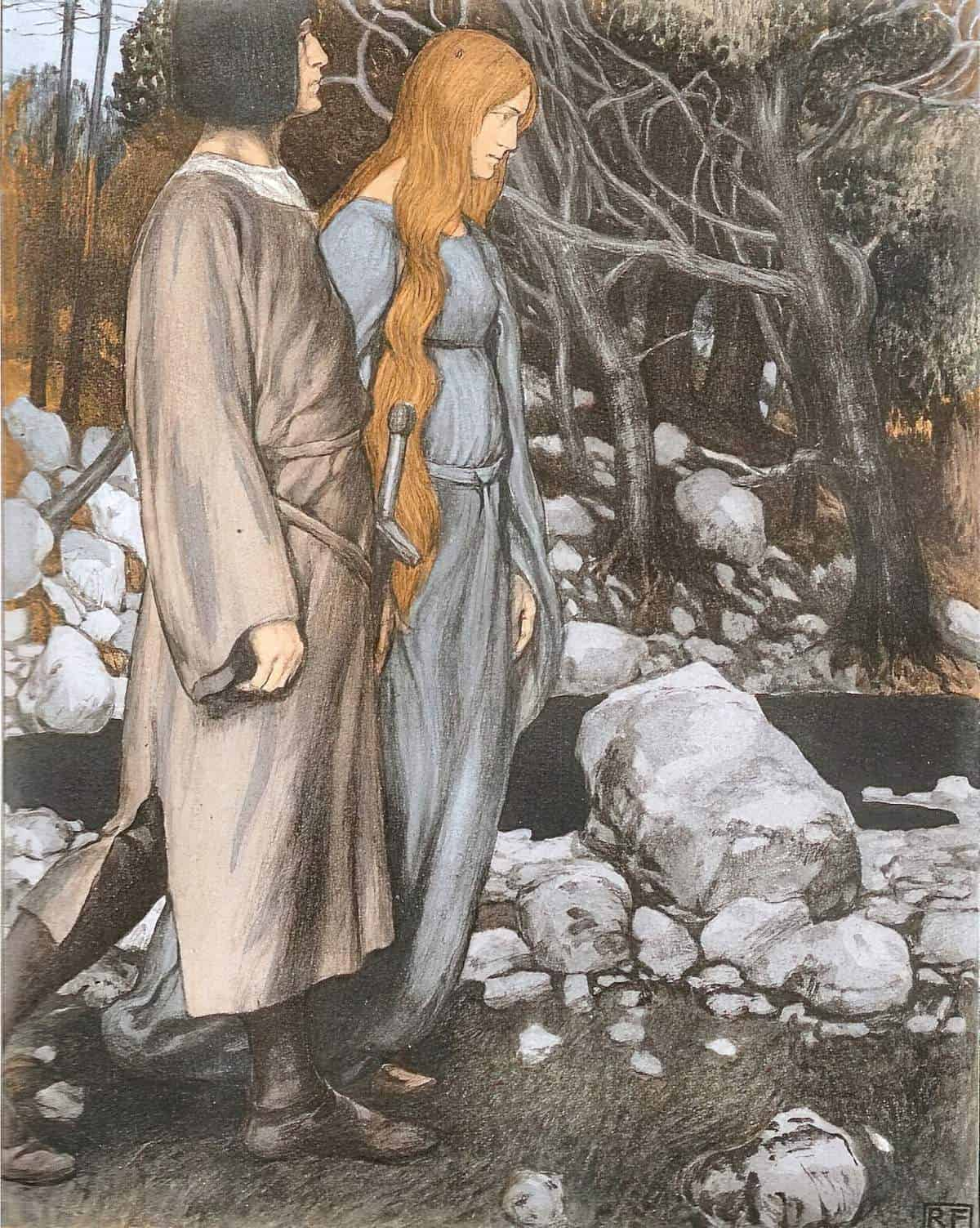
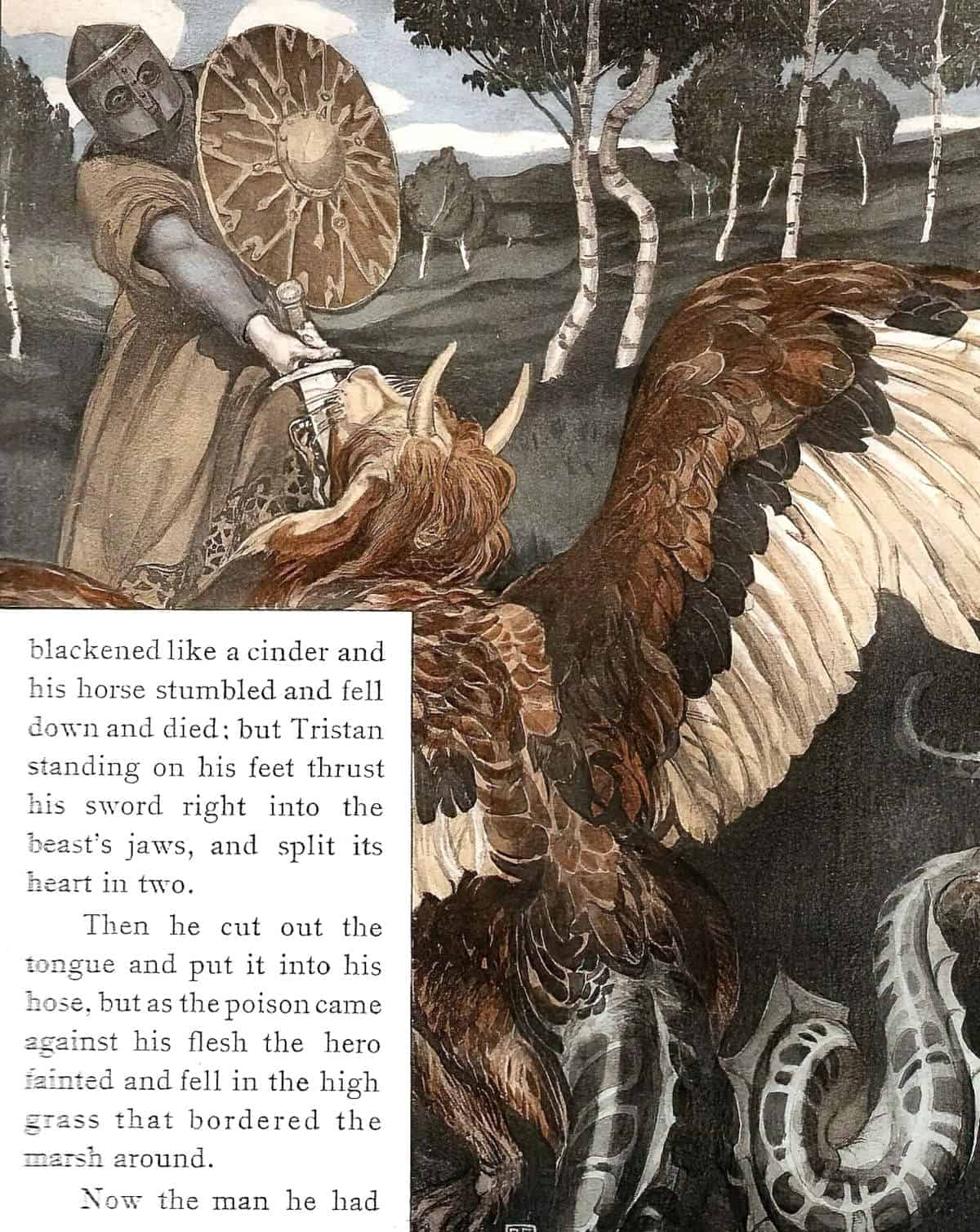
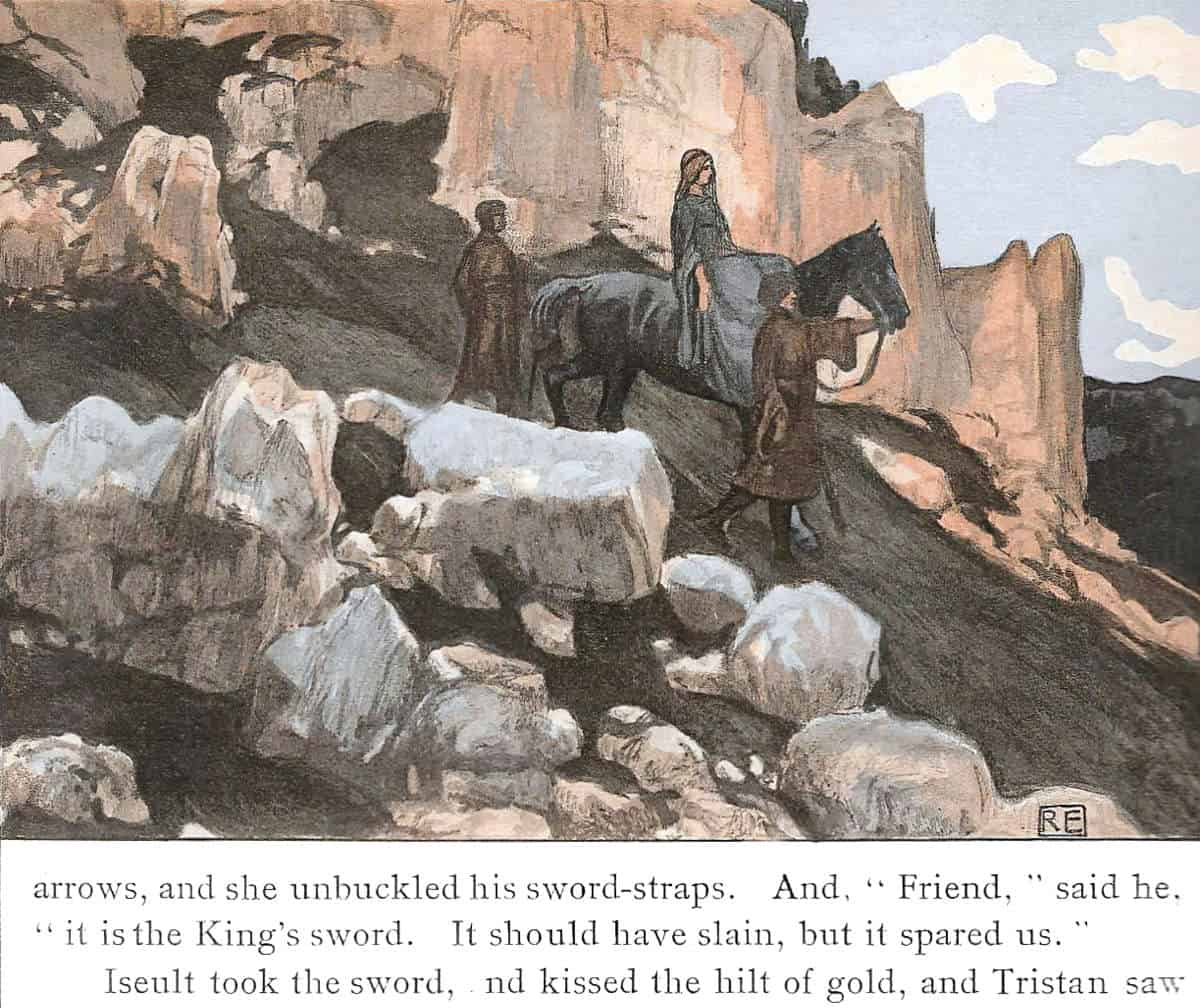
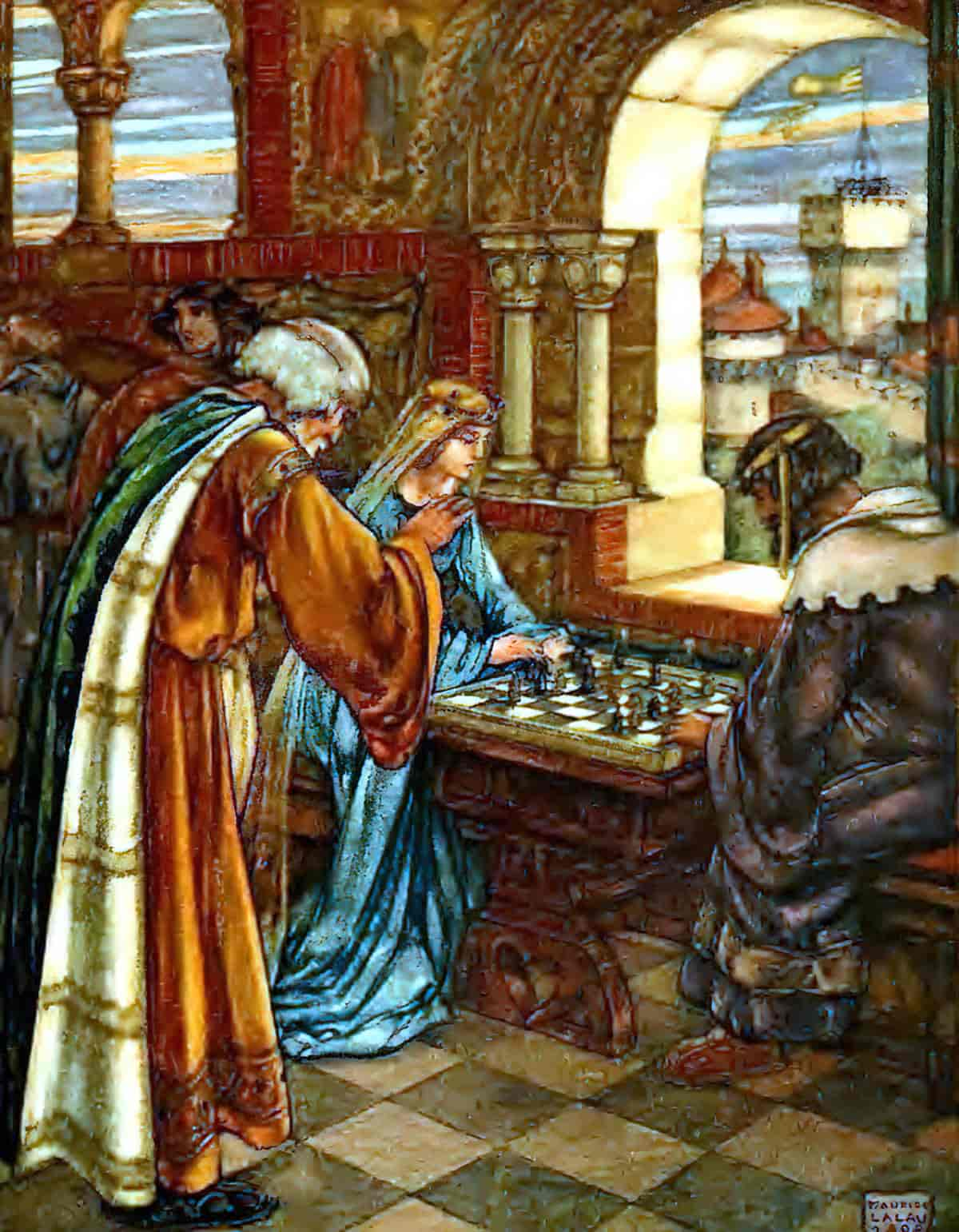
Header painting: Tristan and Isolt (Death) by Rogelio de Egusquiza (1910)
